1. Wu HZ, Ong KL, Seeher K, Armstrong NJ, Thalamuthu A, Brodaty H, Sachdev P, Mather K. Circulating microRNAs as biomarkers of Alzheimer’s disease: a systematic review. J Alzheimers Dis. 2016; 49:755–766. PMID:
26484928.
2. Rius-Pérez S, Tormos AM, Pérez S, Taléns-Visconti R. Vascular pathology: cause or effect in Alzheimer disease? Neurologia (Engl Ed). 2018; 33:112–120. PMID:
26385017.
3. Roher AE, Debbins JP, Malek-Ahmadi M, Chen K, Pipe JG, Maze S, Belden C, Maarouf CL, Thiyyagura P, Mo H, et al. Cerebral blood flow in Alzheimer’s disease. Vasc Health Risk Manag. 2012; 8:599–611. PMID:
23109807.
4. Xi YD, Yu HL, Ding J, Ma WW, Yuan LH, Feng JF, Xiao YX, Xiao R. Flavonoids protect cerebrovascular endothelial cells through Nrf2 and PI3K from β-amyloid peptide-induced oxidative damage. Curr Neurovasc Res. 2012; 9:32–41. PMID:
22272764.
5. Soybean IS. Soybean and processed soy foods ingredients, and their role in cardiometabolic risk prevention. Recent Pat Food Nutr Agric. 2015; 7:75–82. PMID:
26118770.
6. Mourad AM, de Carvalho Pincinato E, Mazzola PG, Sabha M, Moriel P. Influence of soy lecithin administration on hypercholesterolemia. Cholesterol. 2010; 2010:824813. PMID:
21490917.
7. Ramdath DD, Padhi EM, Sarfaraz S, Renwick S, Duncan AM. Beyond the cholesterol-lowering effect of soy protein: a review of the effects of dietary soy and its constituents on risk factors for cardiovascular disease. Nutrients. 2017; 9:324. PMID:
28338639.
8. Xi YD, Yu HL, Ma WW, Ding BJ, Ding J, Yuan LH, Feng JF, Xiao R. Genistein inhibits mitochondrial-targeted oxidative damage induced by β-amyloid peptide 25-35 in PC12 cells. J Bioenerg Biomembr. 2011; 43:399–407. PMID:
21732176.
9. Ding BJ, Ma WW, He LL, Zhou X, Yuan LH, Yu HL, Feng JF, Xiao R. Soybean isoflavone alleviates β-amyloid 1-42 induced inflammatory response to improve learning and memory ability by down regulation of Toll-like receptor 4 expression and nuclear factor-κB activity in rats. Int J Dev Neurosci. 2011; 29:537–542. PMID:
21515354.
10. Xi YD, Li XY, Yu HL, Jing H, Ma WW, Yuan LH, Zhang DD, Wu J, Xiao R. Soy isoflavone antagonizes the oxidative cerebrovascular injury induced by β-amyloid peptides 1-42 in rats. Neurochem Res. 2014; 39:1374–1381. PMID:
24810766.
11. Baumgartner S, Bruckert E, Gallo A, Plat J. The position of functional foods and supplements with a serum LDL-C lowering effect in the spectrum ranging from universal to care-related CVD risk management. Atherosclerosis. 2020; 311:116–123. PMID:
32861515.
12. Evans M, Njike VY, Hoxley M, Pearson M, Katz DL. Effect of soy isoflavone protein and soy lecithin on endothelial function in healthy postmenopausal women. Menopause. 2007; 14:141–149. PMID:
17006376.
13. Xi YD, Li XY, Ding J, Yu HL, Ma WW, Yuan LH, Wu J, Xiao R. Soy isoflavone alleviates Aβ1-42-induced impairment of learning and memory ability through the regulation of RAGE/LRP-1 in neuronal and vascular tissue. Curr Neurovasc Res. 2013; 10:144–156. PMID:
23469956.
14. Dunn AK. Laser speckle contrast imaging of cerebral blood flow. Ann Biomed Eng. 2012; 40:367–377. PMID:
22109805.
15. Miners JS, Palmer JC, Love S. Pathophysiology of hypoperfusion of the precuneus in early Alzheimer’s disease. Brain Pathol. 2016; 26:533–541. PMID:
26452729.
16. Goulay R, Mena Romo L, Hol EM, Dijkhuizen RM. From stroke to dementia: a comprehensive review exposing tight interactions between stroke and amyloid-β formation. Transl Stroke Res. 2020; 11:601–614. PMID:
31776837.
17. Di Marco LY, Venneri A, Farkas E, Evans PC, Marzo A, Frangi AF. Vascular dysfunction in the pathogenesis of Alzheimer’s disease--a review of endothelium-mediated mechanisms and ensuing vicious circles. Neurobiol Dis. 2015; 82:593–606. PMID:
26311408.
18. Xu J, Hu H, Chen B, Yue R, Zhou Z, Liu Y, Zhang S, Xu L, Wang H, Yu Z. Lycopene protects against hypoxia/reoxygenation injury by alleviating ER stress induced apoptosis in neonatal mouse cardiomyocytes. PLoS One. 2015; 10:e0136443. PMID:
26291709.
19. Ma W, Ding B, Yu H, Yuan L, Xi Y, Xiao R. Genistein alleviates β-amyloid-induced inflammatory damage through regulating Toll-like receptor 4/nuclear factor κB. J Med Food. 2015; 18:273–279. PMID:
25384233.
20. Ding J, Yu HL, Ma WW, Xi YD, Zhao X, Yuan LH, Feng JF, Xiao R. Soy isoflavone attenuates brain mitochondrial oxidative stress induced by β-amyloid peptides 1-42 injection in lateral cerebral ventricle. J Neurosci Res. 2013; 91:562–567. PMID:
23239252.
21. Sheinerman KS, Tsivinsky VG, Crawford F, Mullan MJ, Abdullah L, Umansky SR. Plasma microRNA biomarkers for detection of mild cognitive impairment. Aging (Albany NY). 2012; 4:590–605. PMID:
23001356.
22. Kato-Kataoka A, Sakai M, Ebina R, Nonaka C, Asano T, Miyamori T. Soybean-derived phosphatidylserine improves memory function of the elderly Japanese subjects with memory complaints. J Clin Biochem Nutr. 2010; 47:246–255. PMID:
21103034.
23. Punithavathi VR, Prince PS. Combined effects of quercetin and alpha-tocopherol on lipids and glycoprotein components in isoproterenol induced myocardial infarcted Wistar rats. Chem Biol Interact. 2009; 181:322–327. PMID:
19595682.
24. Korte N, Nortley R, Attwell D. Cerebral blood flow decrease as an early pathological mechanism in Alzheimer’s disease. Acta Neuropathol. 2020; 140:793–810. PMID:
32865691.
25. Guo Y, Li X, Zhang M, Chen N, Wu S, Lei J, Wang Z, Wang R, Wang J, Liu H. Age- and brain region-associated alterations of cerebral blood flow in early Alzheimer’s disease assessed in AβPPSWE/PS1ΔE9 transgenic mice using arterial spin labeling. Mol Med Rep. 2019; 19:3045–3052. PMID:
30816468.
26. Qiu L, Ng G, Tan EK, Liao P, Kandiah N, Zeng L. Chronic cerebral hypoperfusion enhances Tau hyperphosphorylation and reduces autophagy in Alzheimer’s disease mice. Sci Rep. 2016; 6:23964. PMID:
27050297.
27. Austin BP, Nair VA, Meier TB, Xu G, Rowley HA, Carlsson CM, Johnson SC, Prabhakaran V. Effects of hypoperfusion in Alzheimer’s disease. J Alzheimers Dis. 2011; 26(Suppl 3):123–133. PMID:
21971457.
28. Aabdallah DM, Eid NI. Possible neuroprotective effects of lecithin and alpha-tocopherol alone or in combination against ischemia/reperfusion insult in rat brain. J Biochem Mol Toxicol. 2004; 18:273–278. PMID:
15549708.
29. Zhao H, Liang J, Li X, Yu H, Li X, Xiao R. Folic acid and soybean isoflavone combined supplementation protects the post-neural tube closure defects of rodents induced by cyclophosphamide
in vivo and
in vitro
. Neurotoxicology. 2010; 31:180–187. PMID:
20060418.
30. Sadhukhan P, Saha S, Dutta S, Mahalanobish S, Sil PC. Nutraceuticals: an emerging therapeutic approach against the pathogenesis of Alzheimer’s disease. Pharmacol Res. 2018; 129:100–114. PMID:
29183770.
31. Das SK, Gupta G, Rao DN, Vasudevan DM. Effect of lecithin with vitamin-B complex and tocopheryl acetate on long-term effect of ethanol induced immunomodulatory activities. Indian J Exp Biol. 2007; 45:683–688. PMID:
17877144.
32. Kim SB, Assefa F, Lee SJ, Park EK, Kim SS. Combined effects of soy isoflavone and lecithin on bone loss in ovariectomized mice. Nutr Res Pract. 2021; 15:541–554. PMID:
34603603.
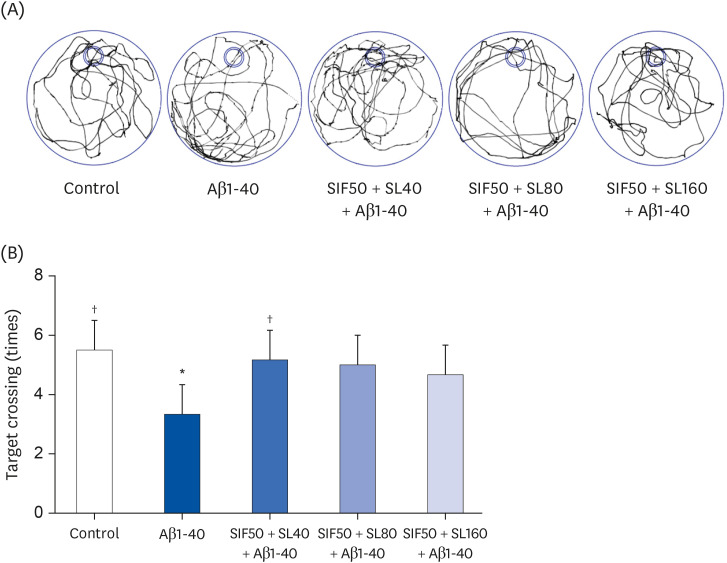
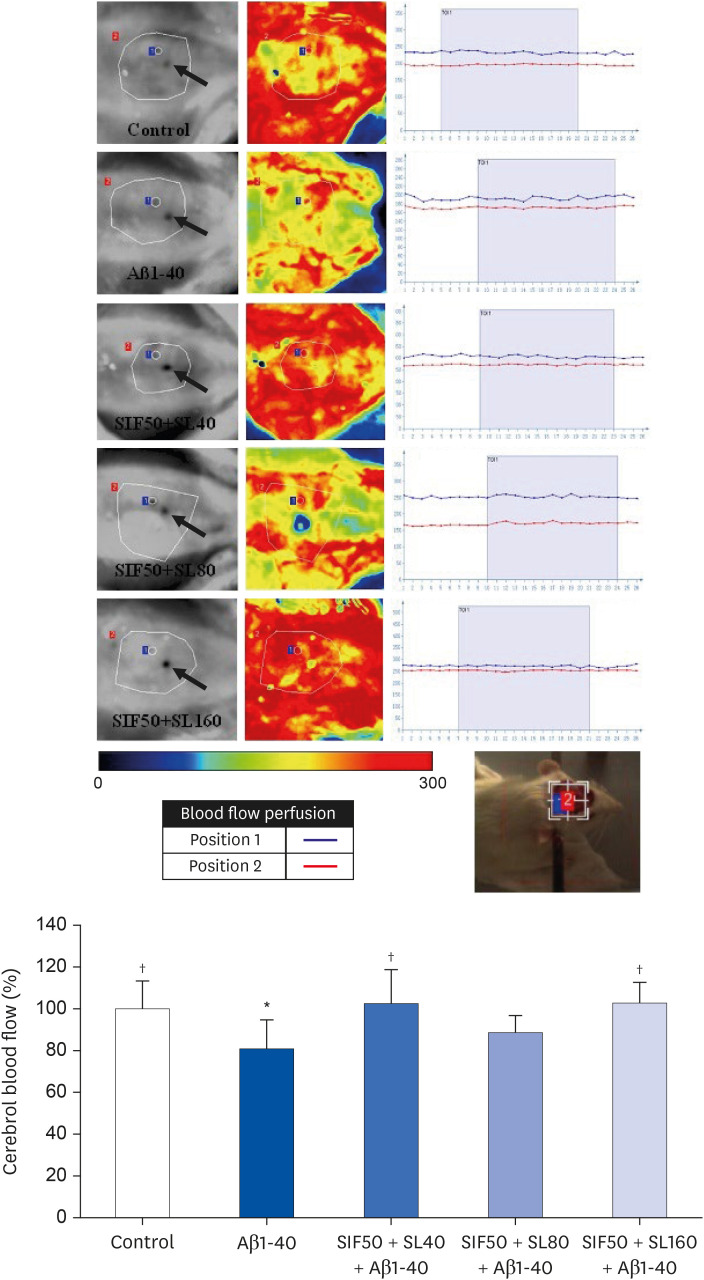

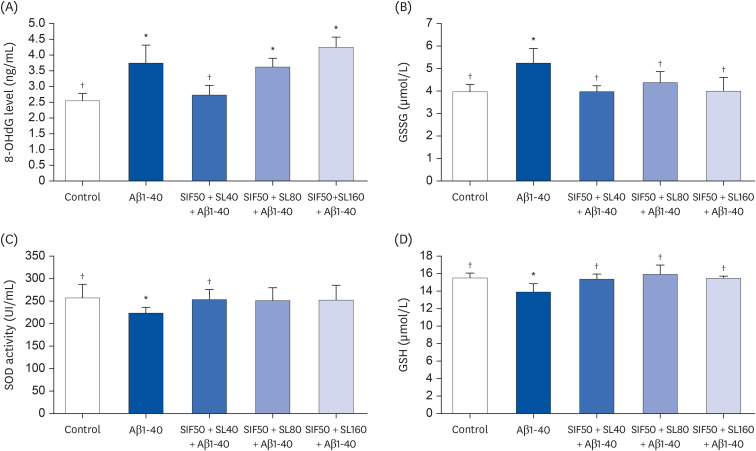
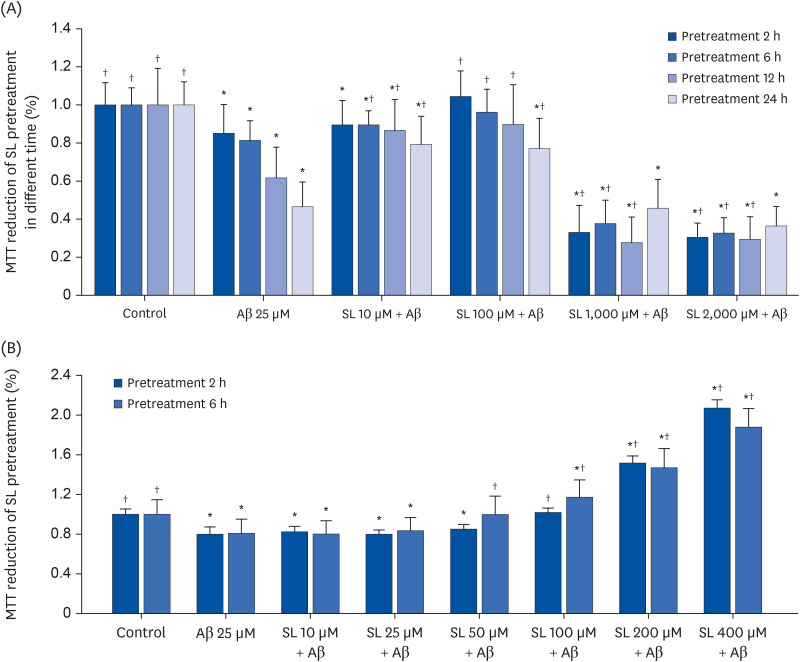
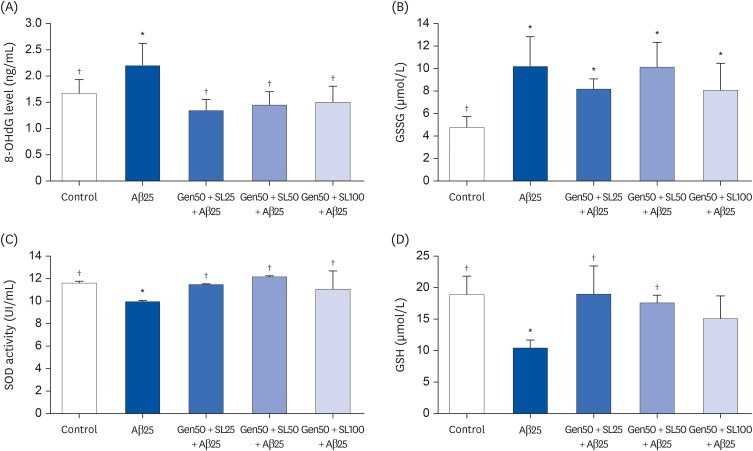




 PDF
PDF Citation
Citation Print
Print



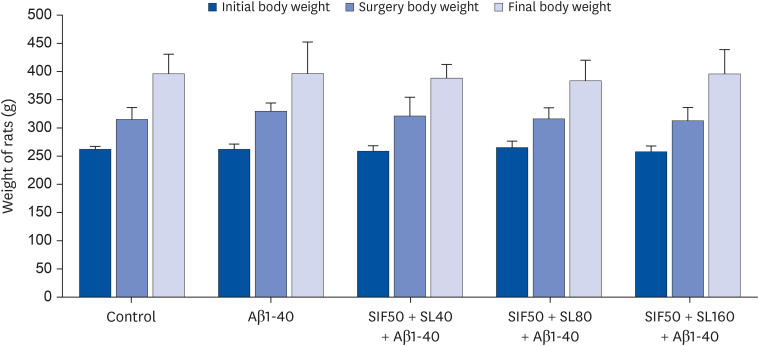
 XML Download
XML Download